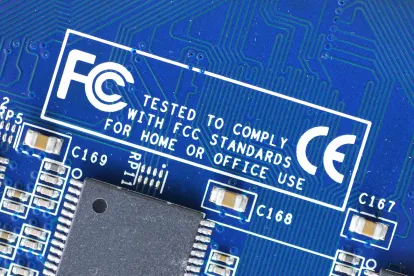On Thursday, August 1, 2019, the FCC took several actions to address persistent, decades-long efforts by local governments to convert their control over local rights-of-way into ever-increasing revenue streams from cable operators and other communications companies relying on those critical corridors for the provision of electronic communications. The FCC clarified that:
-
Federal law and FCC regulations preempt any state or local action of a cable operator’s non-cable services (e.g., voice, broadband, wireless) that imposes obligations on franchised cable operators beyond what the Communications Act allows;
-
In-kind grants of equipment and capital items must be calculated as an offset to the Cable Act’s 5% cap on franchise fees payable to local franchising authorities (“LFAs”), with limited statutory exceptions for costs associated with Public Educational and Governmental (“PEG”) channels;
-
LFA demands that cable operators renounce or waive federal limits on local oversight of cable are unlawful; and
-
Federal protections apply to state-level franchising authorities as well as to local governments.
While the FCC’s actions and pronouncement that they were being taken “to rein in overreach by local franchising authorities and thereby facilitate the deployment of broadband infrastructure” are newsworthy, the public predictions that the agency’s decision will spark litigation are not. No policy action of any significance emerges from the FCC without attracting a hoard of interests alleging their oxen have been gored.
The “ox,” in this case are excessive and unlawful fees, taxes, in-kind grants and other exactions that local governments have long sought to impose on cable operators in exchange for granting cable operators franchises to install their cable-system facilities in the public right-of-way. Cities and cable have clashed for decades over just how much local governments can extract from providers for use of public rights-of-way, with cities ever-seeking new ways to leverage their stewardship of this vital public resource.
Communications companies, like cable operators, have resisted such efforts based on the view that a local government’s authority to regulate stems from its police power alone. This view holds that the government’s interest is narrowly limited to administering the “time, place and manner” of the right-of-way use. The cost of that administration are the actual costs that the government incurs in exercising that limited role.
The legislative compromise that the 1984 Cable Act mandated was that local governments could charge up to 5% of the cable operator’s gross revenue from cable services. As digital technology has expanded the nature and kinds of services and functions that cable can provide over its systems, the initiatives of many local governments to expand the 5% cap to these different functions, as well as other ways to leverage right-of-way administration, has been unending. In response to both cable-industry advocacy at the FCC about these increasing LFA demands and the drag on investment and innovation that these ever-spiraling fees and taxes produce, as well as to remands from the United States Court of Appeals in Montgomery County, Maryland v. FCC, 863 F.3d 485 (6th Cir. 2017), the August 1, 2019, decision is but the most recent in a series of orders issued during the tenure of Chairman Ajit Pai addressing local (and state) broadband “taxes.”
No one should expect local governments to go quietly into the night. In addition to the federal appellate court challenges undoubtedly being prepared now, fights between cable operators and LFAs over the terms of system deployment, services and compensation for right-of-way use will continue unabated—but with the LFAs on a much shorter leash.





 />i
/>i

